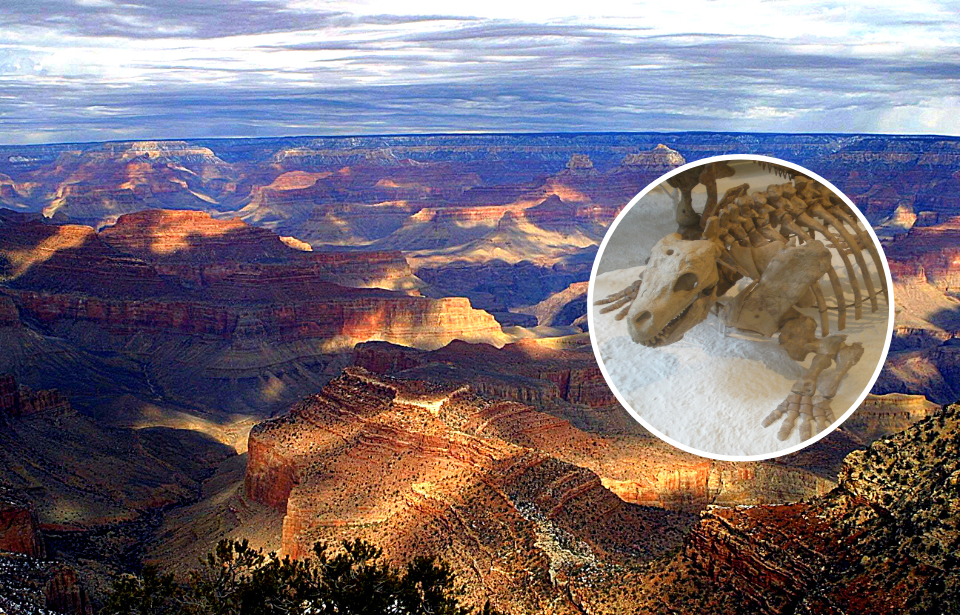A regular hike along the Grand Canyon turned into a remarkable discovery for a trained geologist who spotted an interesting boulder sitting right in plain sight. The unique boulder would provide information about the kinds of creatures that roamed the Earth even before the time of the dinosaurs. Keep on reading to learn more!
The formation of the Grand Canyon
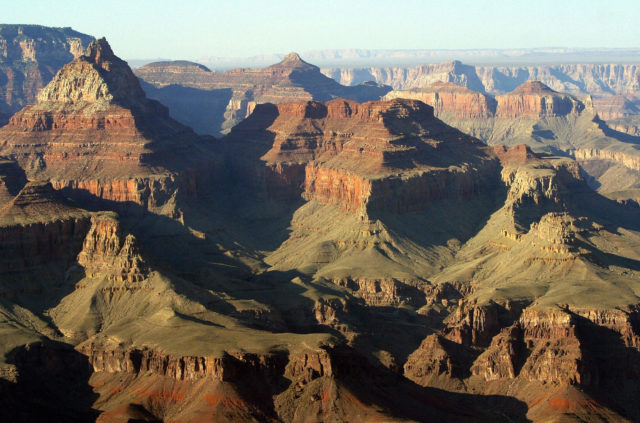
Approximately 70 million years ago, tectonic activity beneath present-day Arizona caused the formation of the Colorado Plateau. The Plateau is elevated at around 6,000-10,000 feet above sea level and stretches over 130,000 square miles.
It is believed that the Grand Canyon was formed between five and six million years ago after the melting ice and rainwater collected from the ice ages created a drainage system known as the Colorado River. The force of the water cut through the layers of rock, eroding it away over time to create the deep canyon we know today.
The Grand Canyon is massive. It is considered one of the Seven Natural Wonders of the World, and within its rocky canyon walls hide discoveries that can unlock secrets of the distant past.
Allan Krill’s trained eye spotted the remarkable discovery
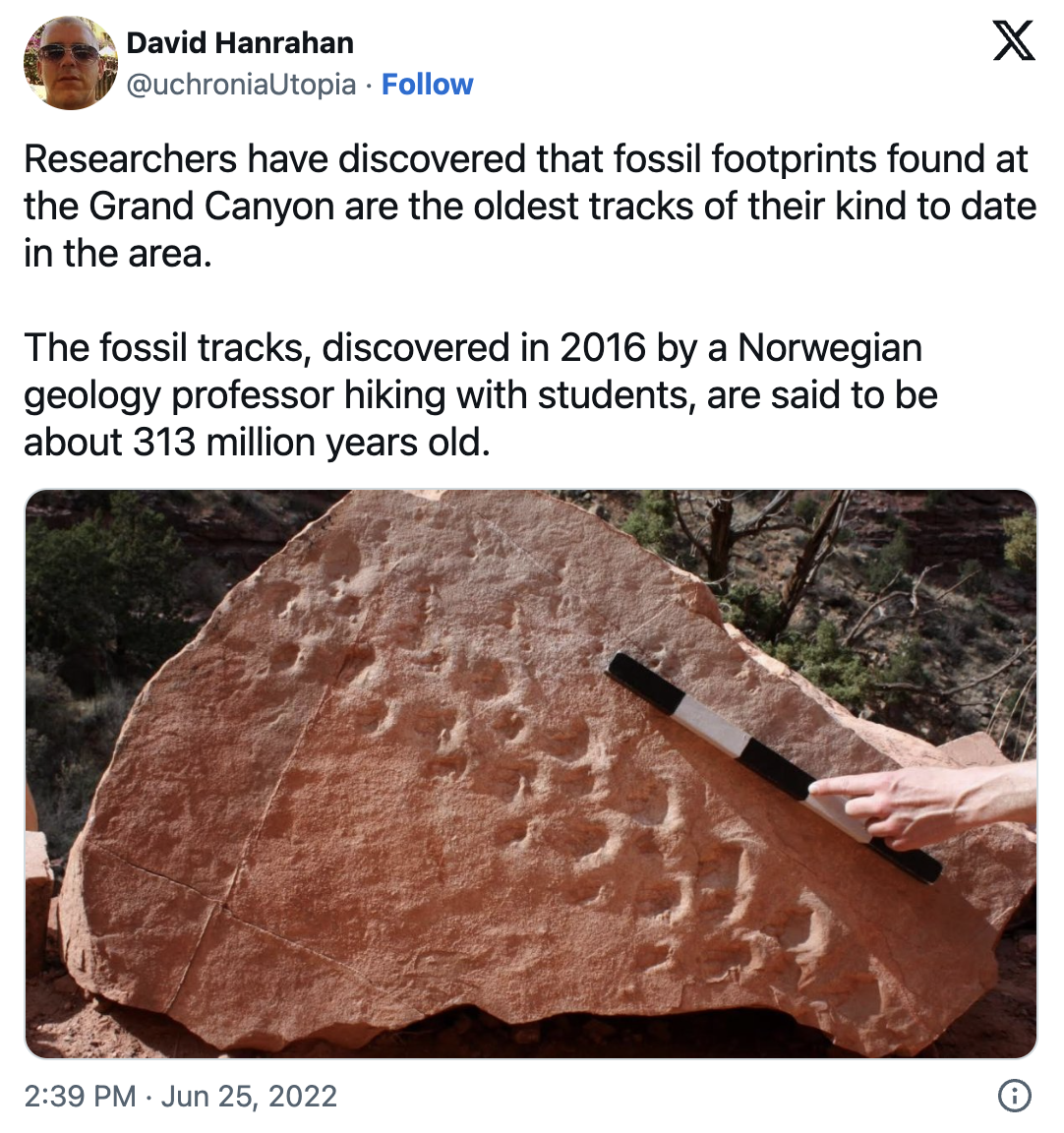
In 2016, Norwegian geology professor Allan Krill took some students out for a hike through Bright Angel Trail at the Grand Canyon. During the hike, he noticed a boulder laying in plain sight just along the side of the trail, clearly having fallen from a rock formation up above.
What was unique about this boulder was that it had markings covering one side, something that Krill noticed immediately. He took photos of the boulder and sent them to his colleague at the University of Nevada Las Vegas, Stephen Rowland. When he received the photos, Rowland confirmed what Krill suspected.
The markings were fossilized footprints which, after analysis, were determined to have been made around 313 million years ago, long before the time of the dinosaurs.
The tracks say a lot about the creature that made them
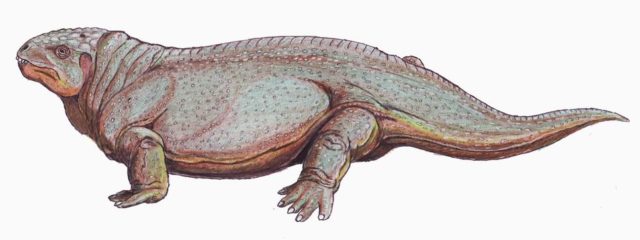
The creature that made the tracks was determined to have been an ichniotherium. They are known as diadectomorphs and had not been previously seen in a desert environment before Krill’s discovery. Their existence in the area changed the previously common belief surrounding the species.
In 2019, paleontologist Heitor Francischini said, “The diadectomorphs were not expected to live in an arid desert environment, because they supposedly did not have the classic adaptations for being completely independent of water. The group of animals that have such adaptations is named Amniota (extant reptiles, birds and mammals) and diadectomorphs are not one of them.”
“These are by far the oldest vertebrate tracks in Grand Canyon, which is known for its abundant fossil tracks,” Stephen Rowland explained. “More significantly,” he added, “they are among the oldest tracks on Earth of shelled-egg-laying animals, such as reptiles, and the earliest evidence of vertebrate animals walking in sand dunes.”
The creature used a familiar walk
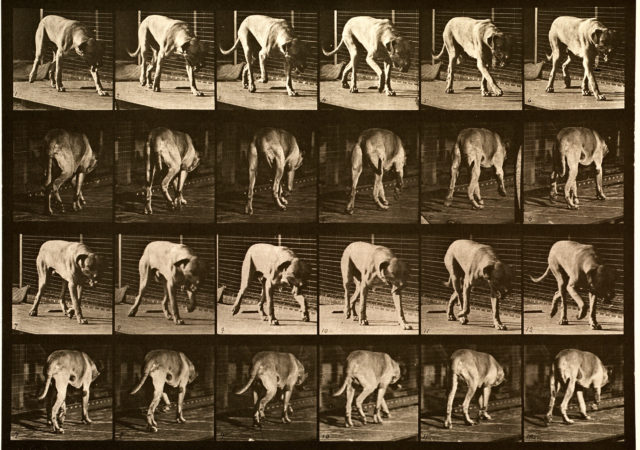
There are two sets of tracks that were preserved on the boulder after they got wet and were then covered in layers of sand. As there are two tracks, professionals are torn on whether they were created by two different creatures or if they were made by the same creature walking in the same area.
Whichever the correct answer is, there is one thing that is certain – the tracks were made at different speeds. This is an important characteristic, as it suggests what type of walk was performed by the creature. Rowland determined that the creature used a lateral-sequence type of movement, which is not uncommon even today.
“Living species of tetrapods―dogs and cats, for example―routinely use a lateral-sequence gait when they walk slowly,” Rowland said. “The Bright Angel Trail tracks document the use of this gait very early in the history of vertebrate animals. We previously had no information about that.”
More from us: Archaeologists Were Amazed to Find This Odd Artifact on a Massive Shipwreck
As the rock formation continues to erode away, more and more secrets of the past are expected to surface, and scientists are ready to discover them.
